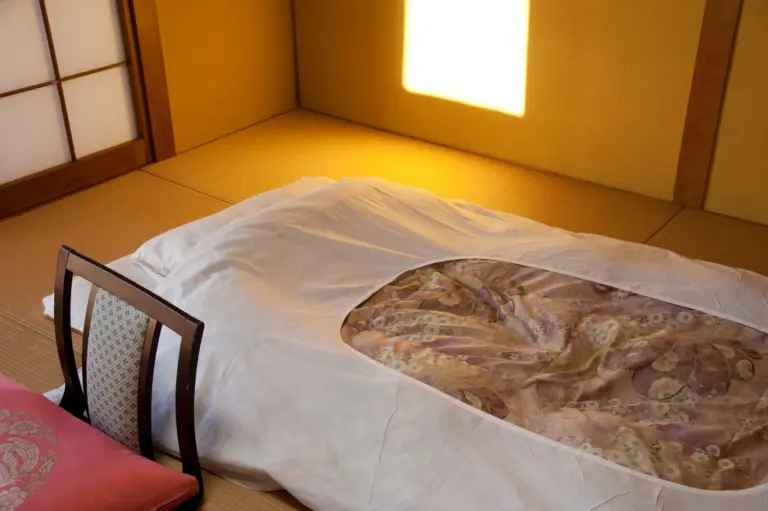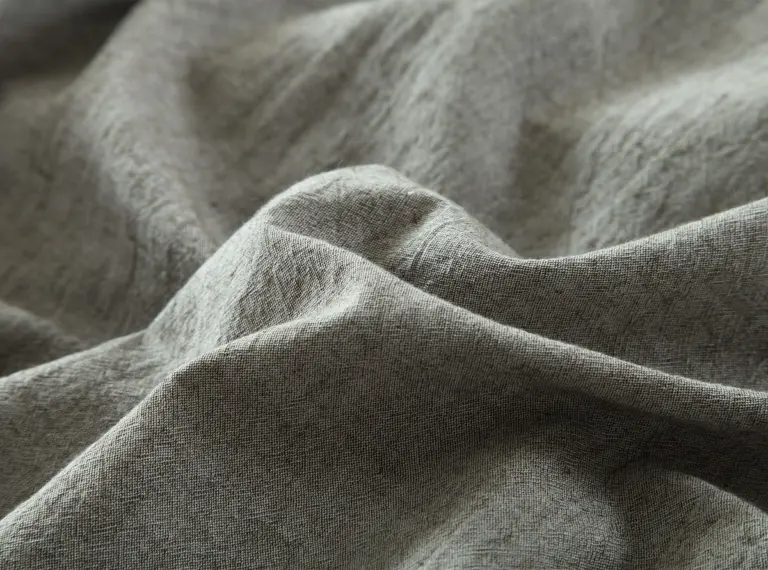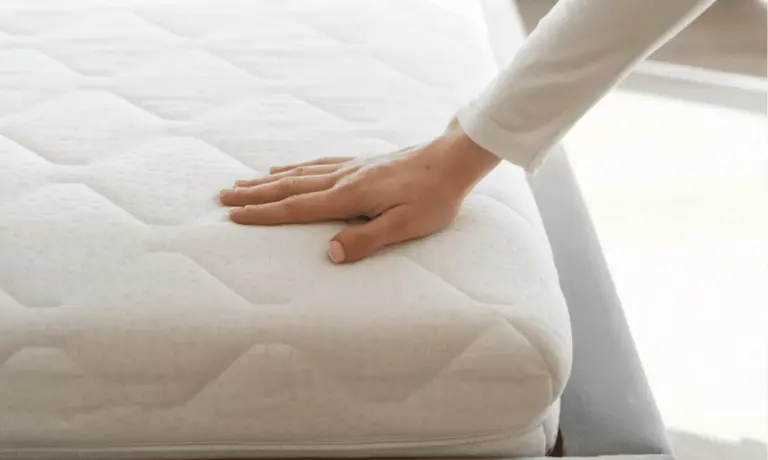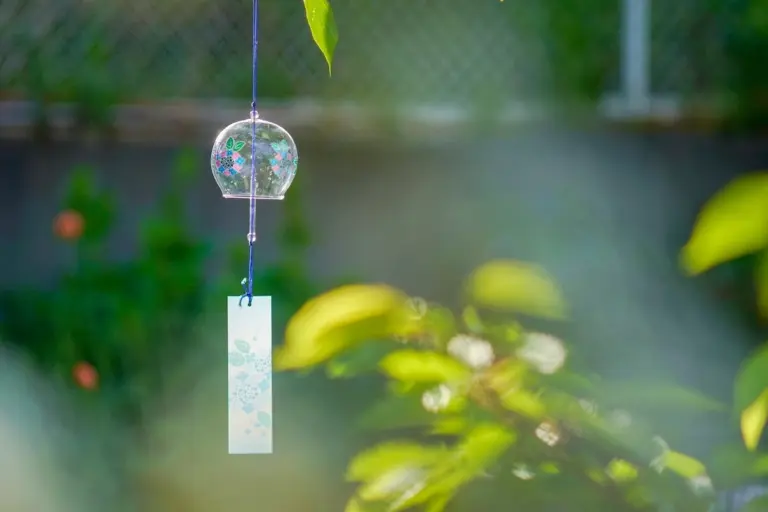How to Fold Kakebuton: Store and Maintain a Japanese Comforter
The Right Way to Fold and Store a Japanese Kakebuton (Comforter)
A kakebuton—the Japanese comforter or duvet—demands different care from a shikibuton (sleeping mattress). If you’ve been looking up how to fold kakebuton correctly, the key is to protect its loft while preventing moisture buildup during storage. With a light touch and the right storage setup, your comforter will stay warmer, fresher, and last longer.
How to Fold a Kakebuton (Comforter)
Folding a kakebuton is about preserving insulation rather than saving maximum space. Unlike a firm shikibuton, you shouldn’t compress the filling. Start with a smooth surface and handle it gently so the down or fiber retains spring.
Lay the comforter flat on a clean bed or floor to release wrinkles.

Fold in half lengthwise, aligning edges without pressing down.

Fold in thirds or quarters to match your storage shelf depth.
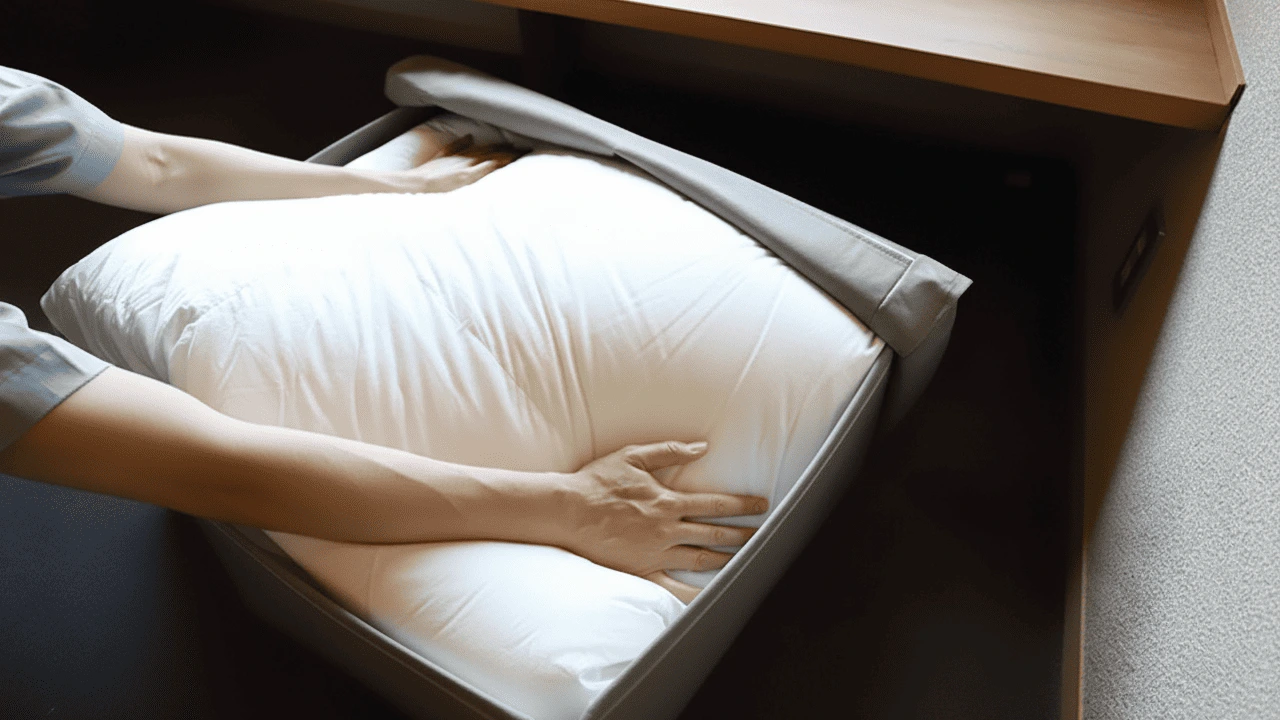
Gently press out excess air while folding—enough to neaten the bundle but never to flatten the loft.
Tip: If you’re learning how to fold kakebuton for the first time, think “shape it, don’t squash it.” The goal is a tidy, breathable block rather than a compressed brick.
Best Practices for Storing a Kakebuton
Long-term freshness depends more on airflow and humidity control than on squeezing the smallest footprint. A breathable enclosure and a dry environment help the filling rebound night after night.
- Use breathable bags. Choose cotton or mesh covers that block dust but allow moisture to escape.
- Avoid plastic. Plastic traps humidity and raises the risk of odor and mildew.
- No compression/vacuum bags. For down especially, compression bags are not recommended—the clusters may not fully recover their loft.
- Seasonal routine. Before summer storage, clean according to the label, dry completely, and add a dehumidifying sheet in the closet.
Maintenance Tips
Regular light maintenance keeps the comforter airy and hygienic without stressing the fill. A predictable routine also reduces deep-cleaning frequency.
- Sun-drying: Air the kakebuton once or twice a month, about one hour per side, to release moisture and refresh loft.
- Cleaning: Follow the care label. Many down comforters require professional dry cleaning; cotton- or wool-filled versions may allow gentle laundering.
- Fluffing: Shake and fluff after airing to redistribute fill and restore volume.
Average Lifespan
With correct care, a kakebuton often outlasts a shikibuton. A realistic planning range helps you budget maintenance and replacement.
- Cotton or wool comforters: typically 5–7 years.
- Down comforters: commonly 5–10 years, and with careful care can last even longer thanks to the resilience of quality down.
Conclusion
Mastering how to fold kakebuton is less about tight folds and more about preserving loft. Combine a gentle fold with breathable storage and periodic airing, and your Japanese comforter will remain warm, fresh, and dependable for many seasons to come.

